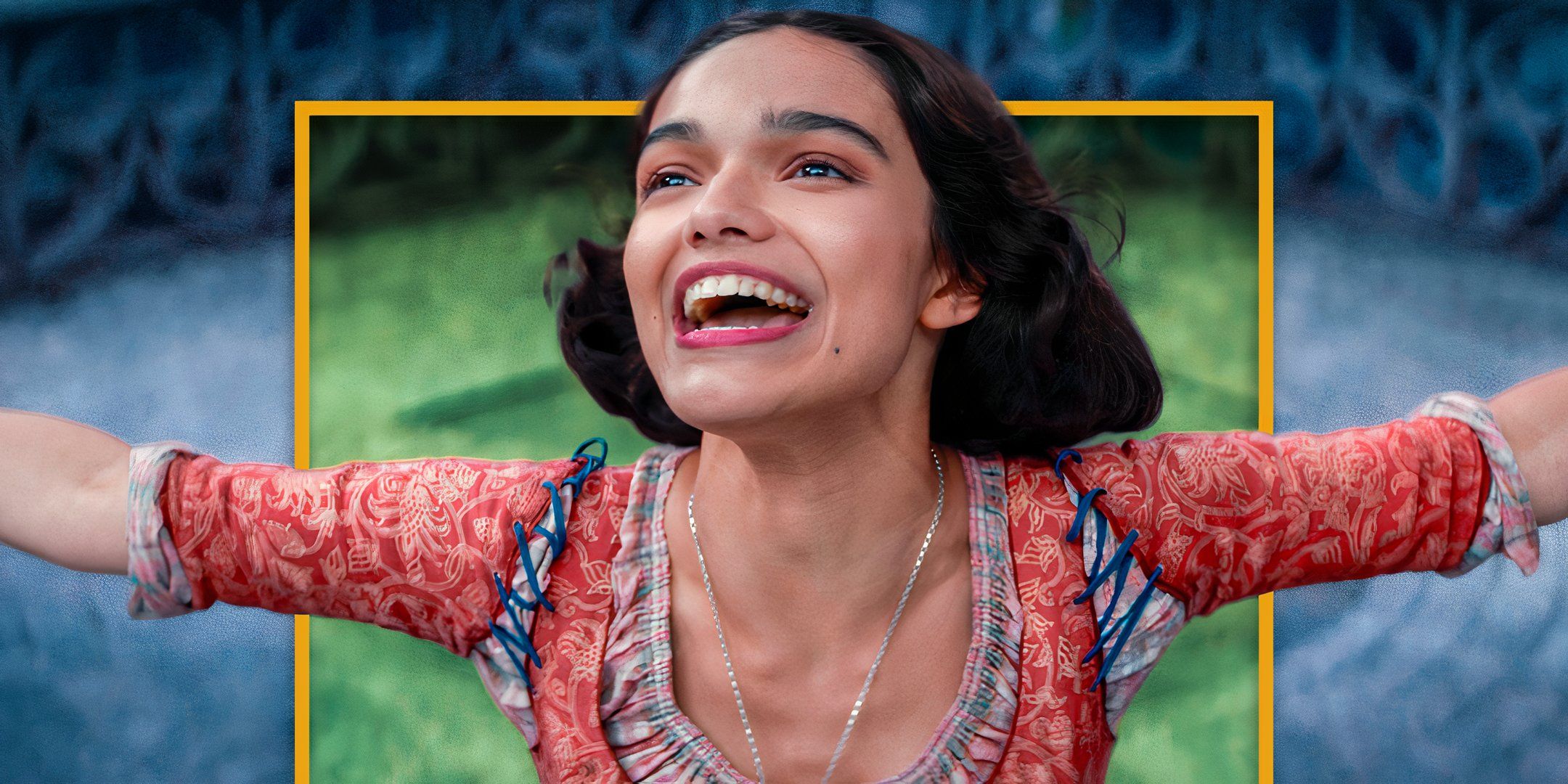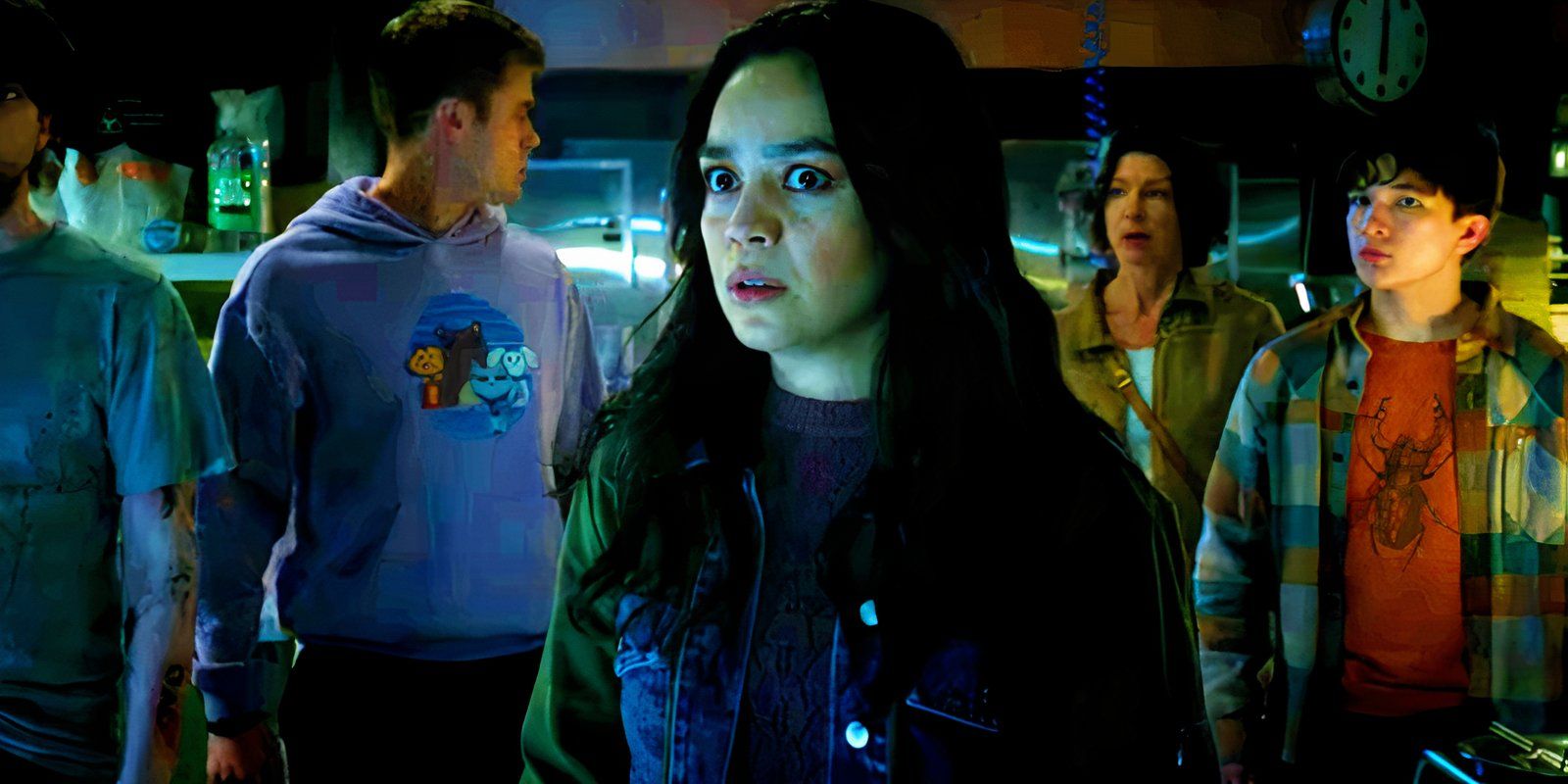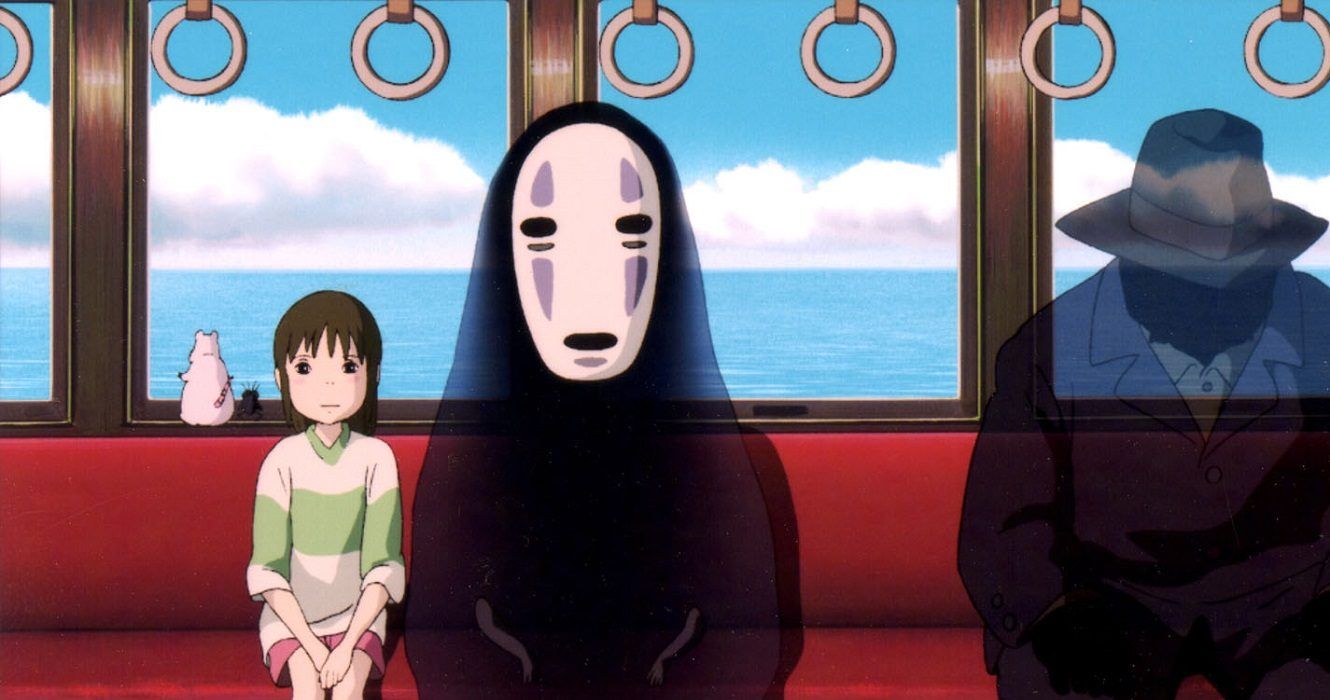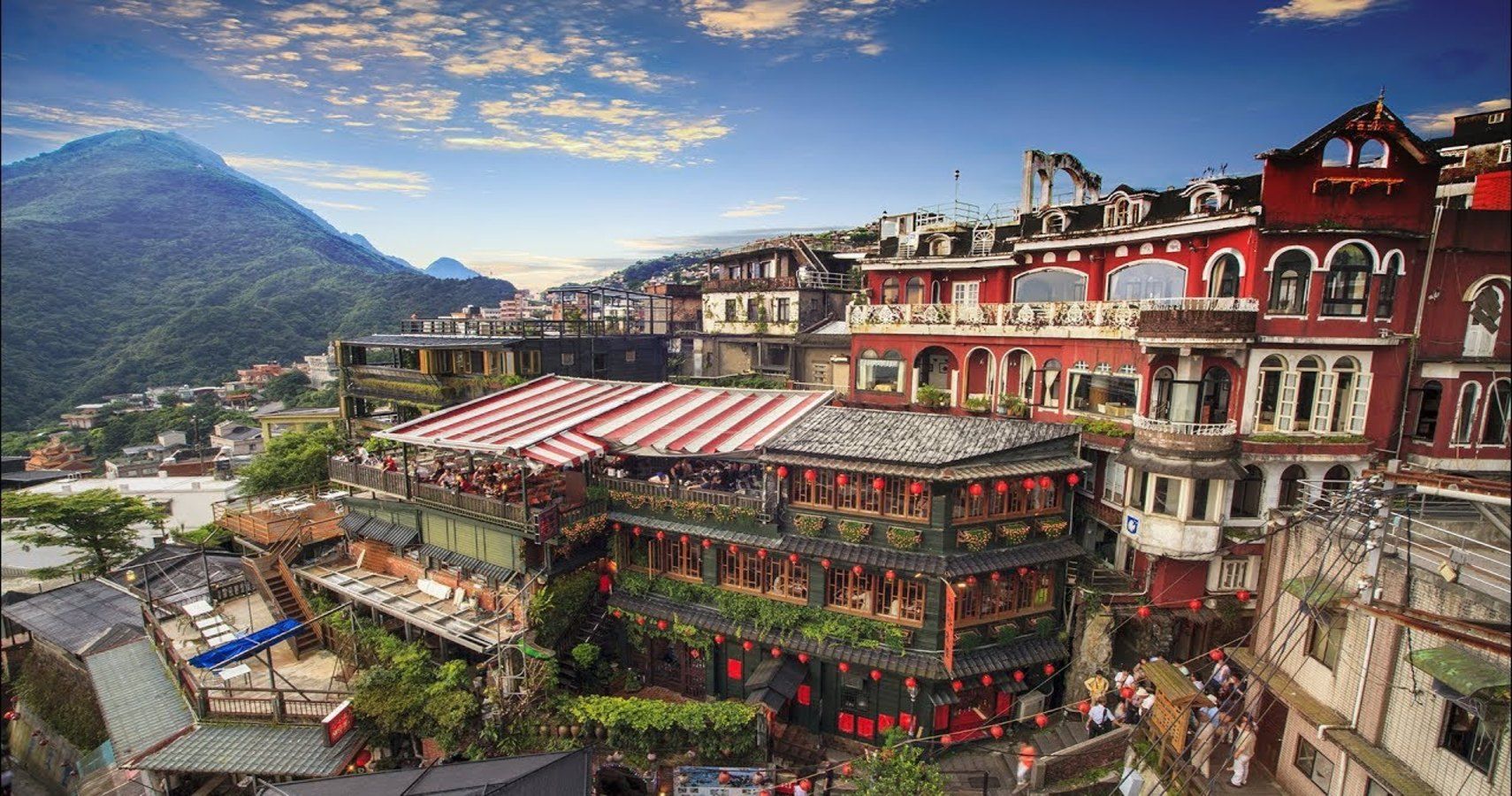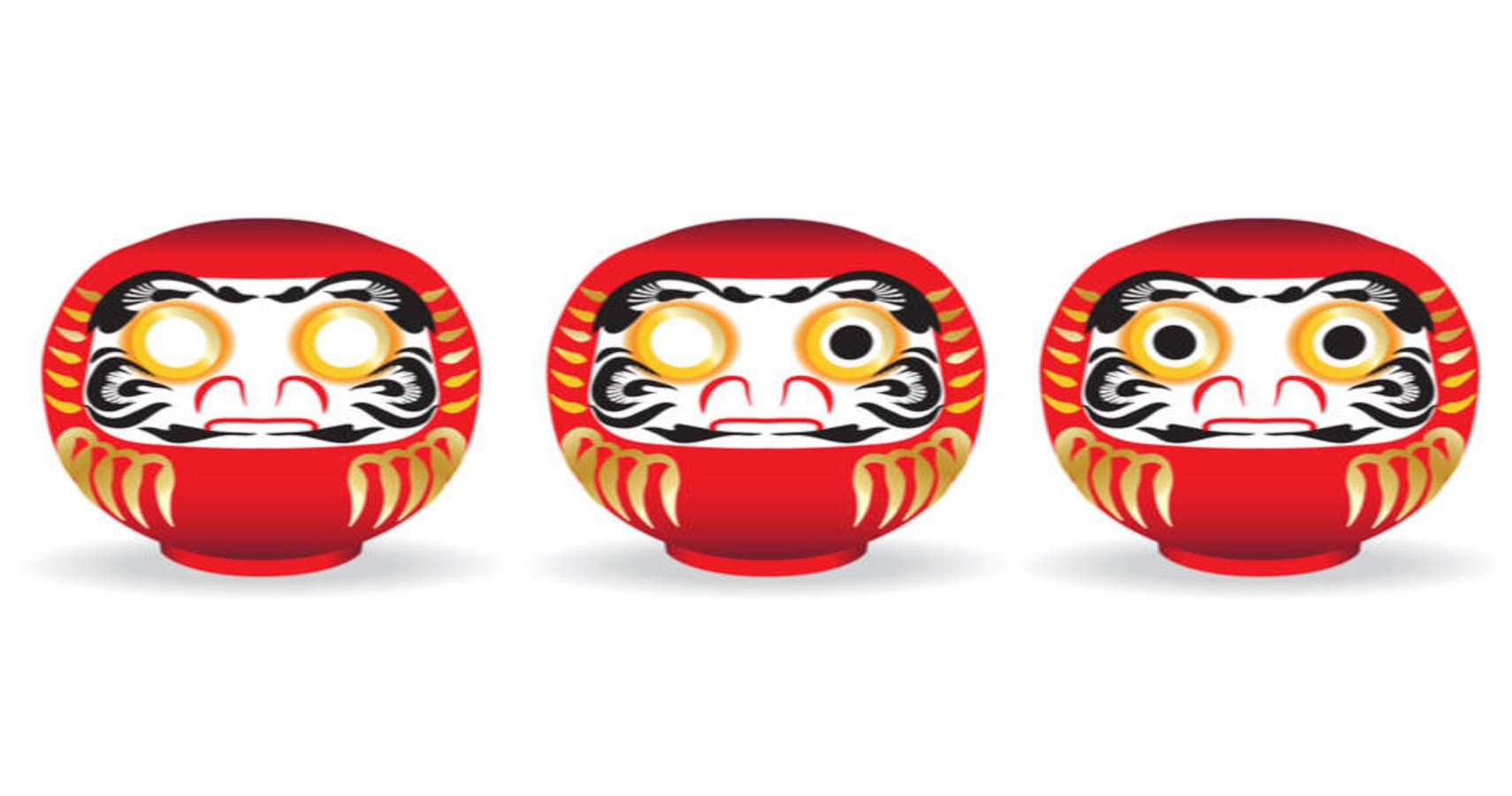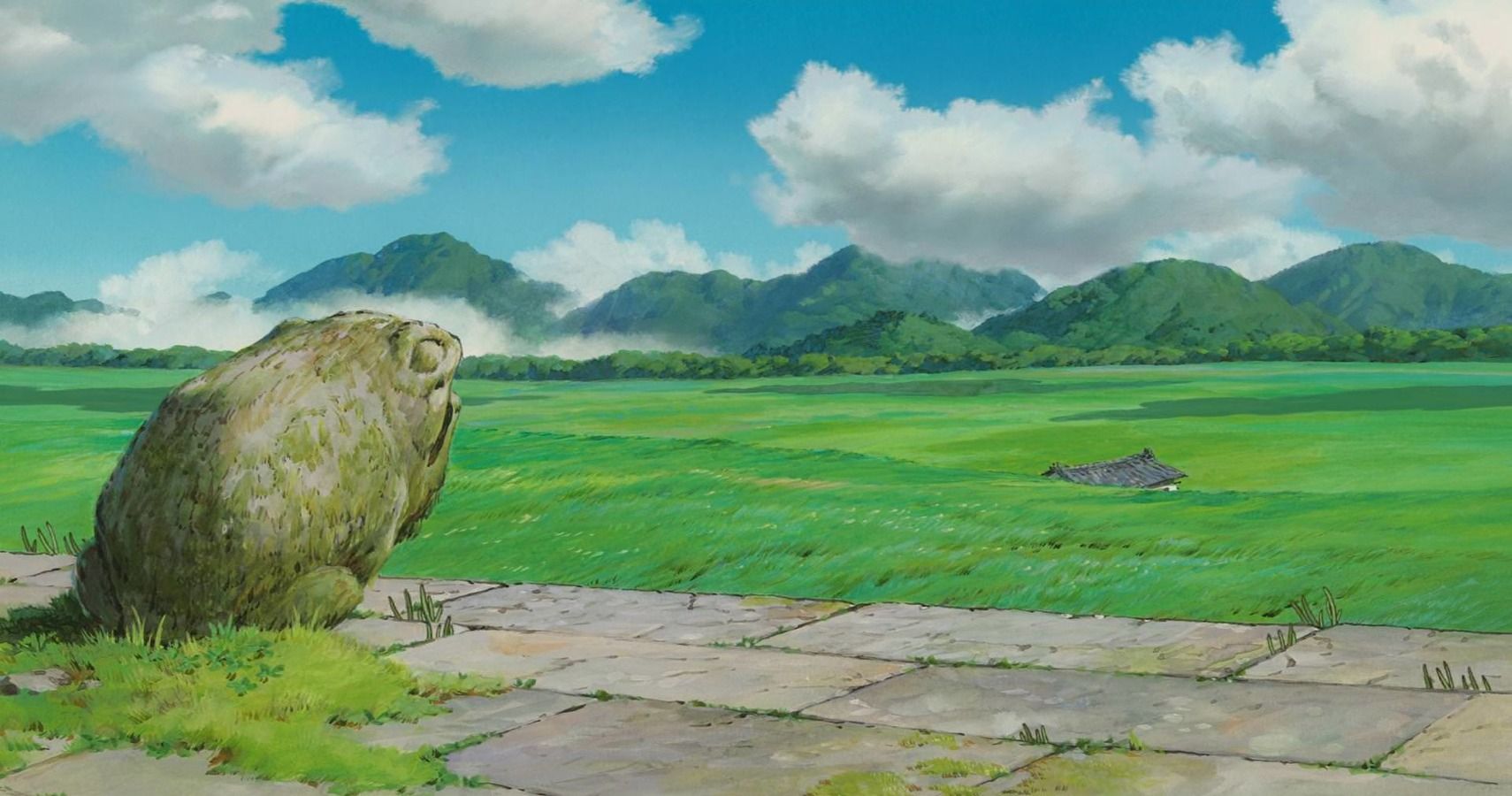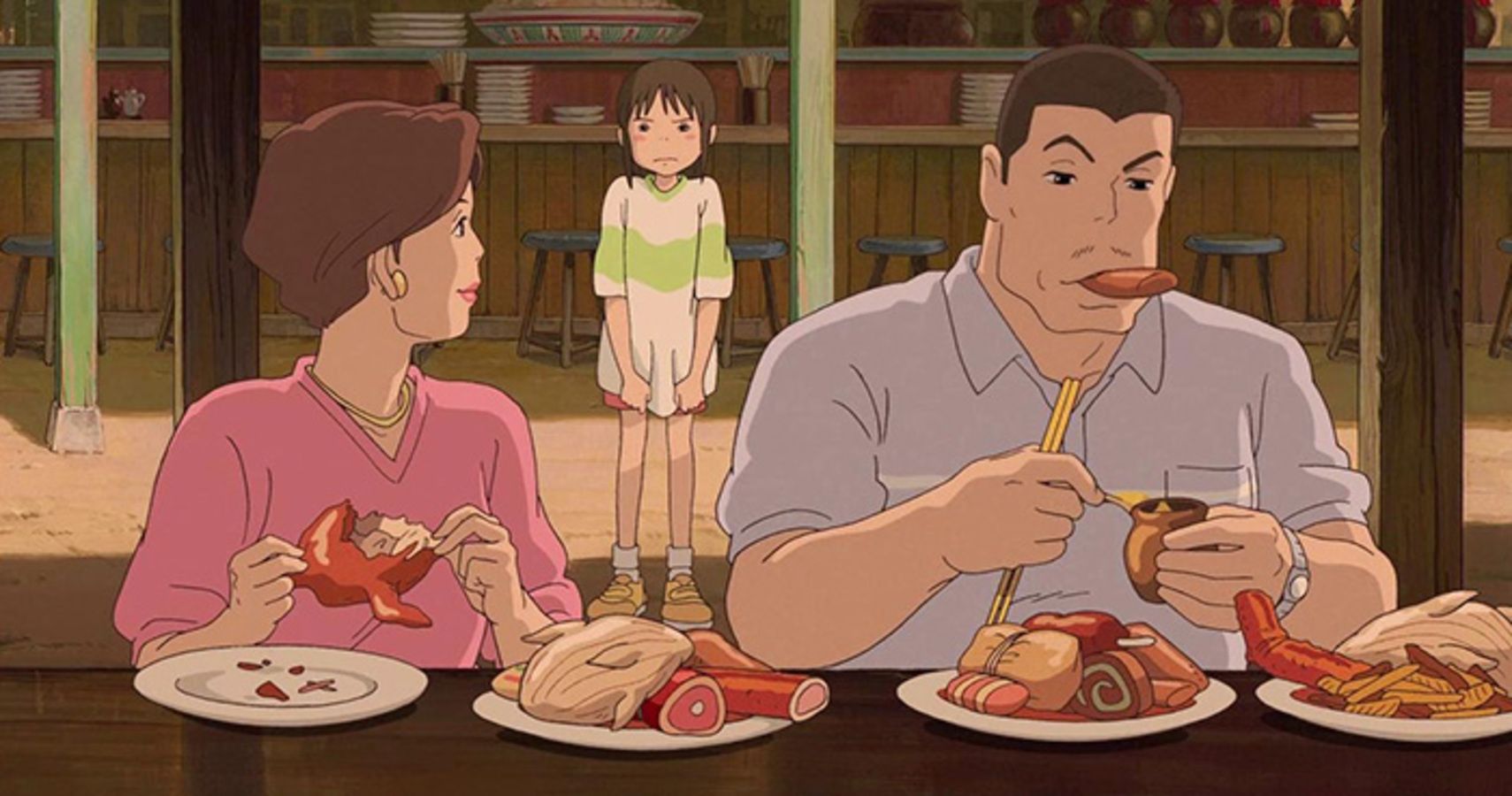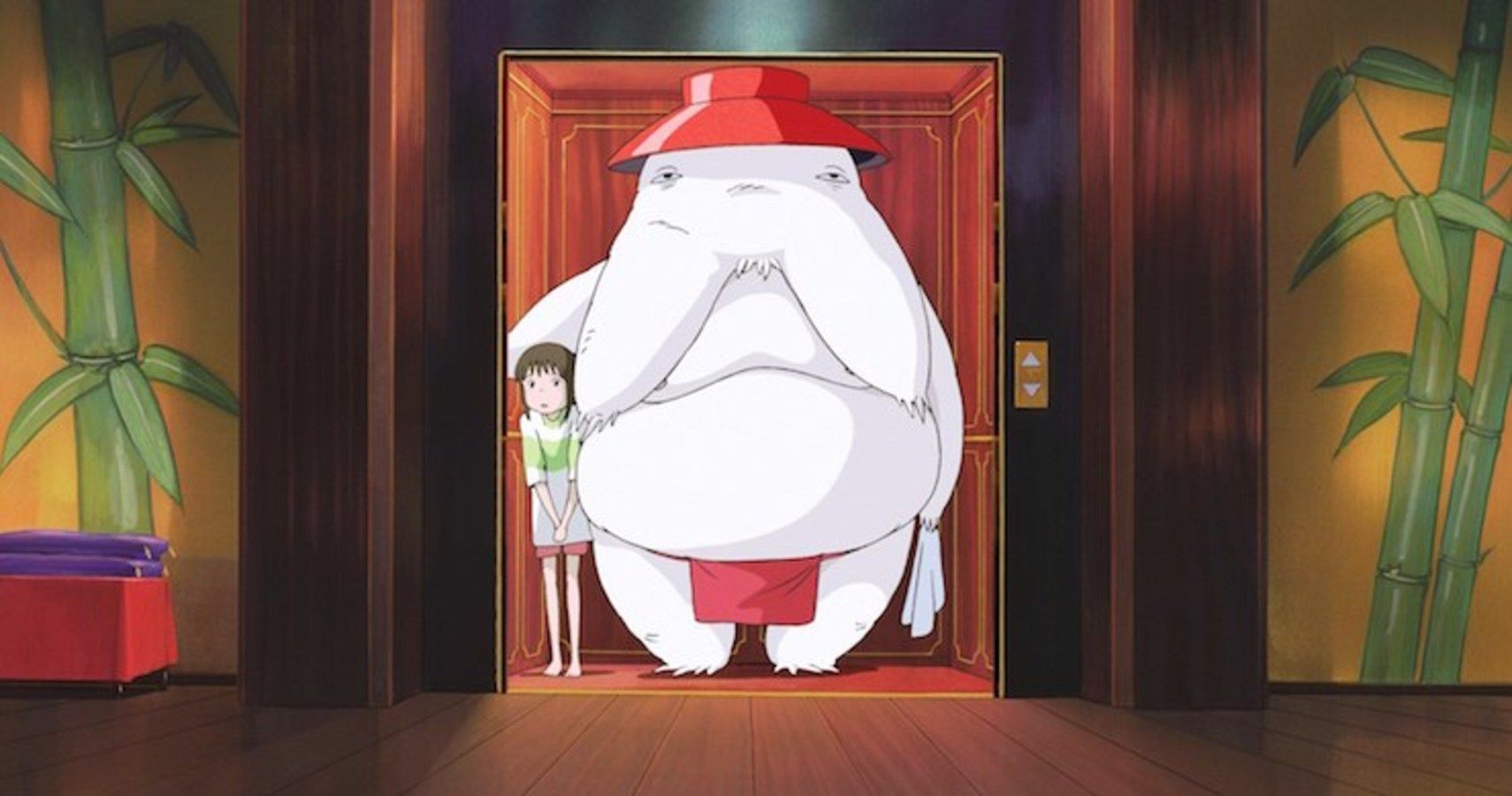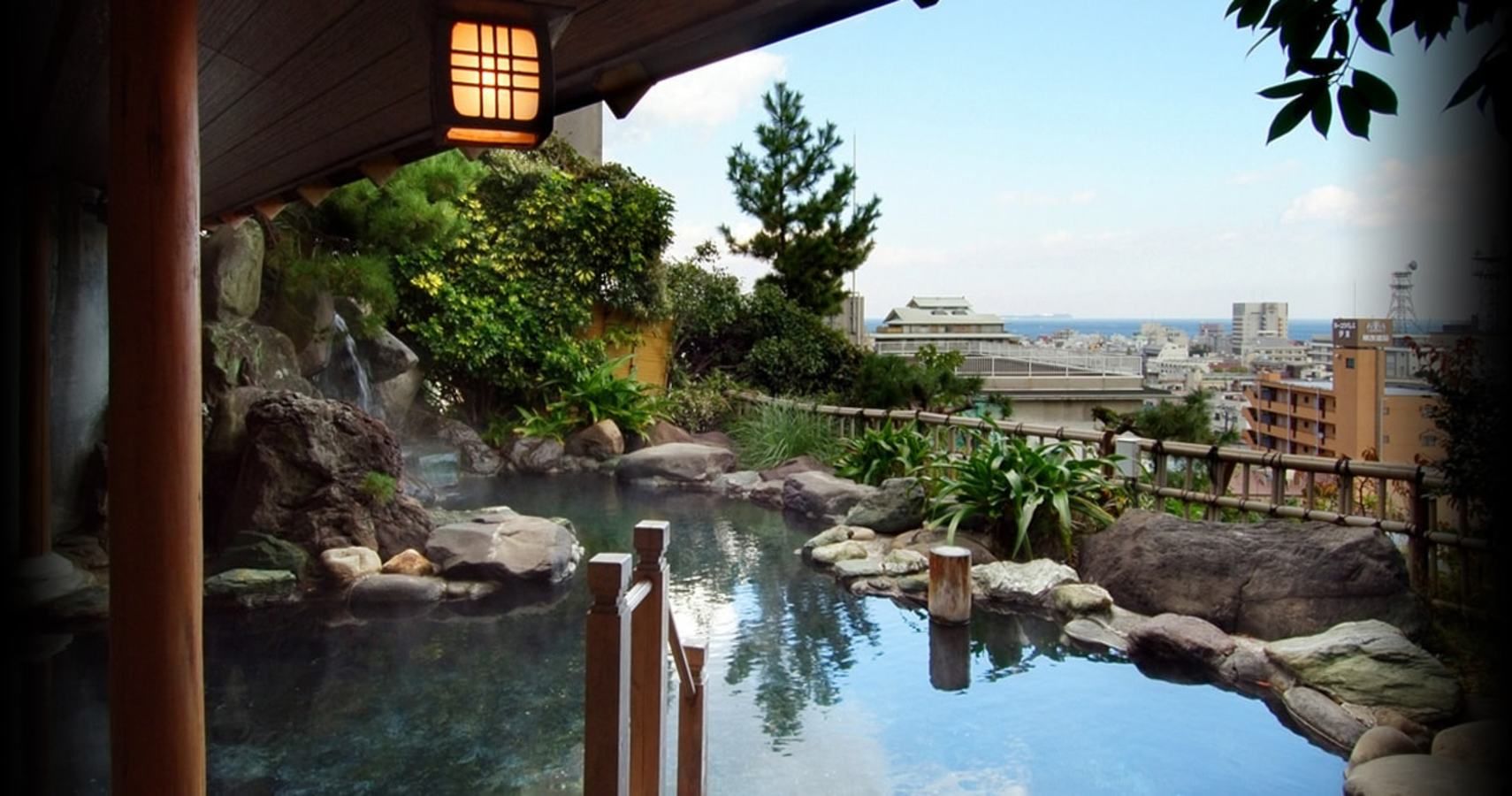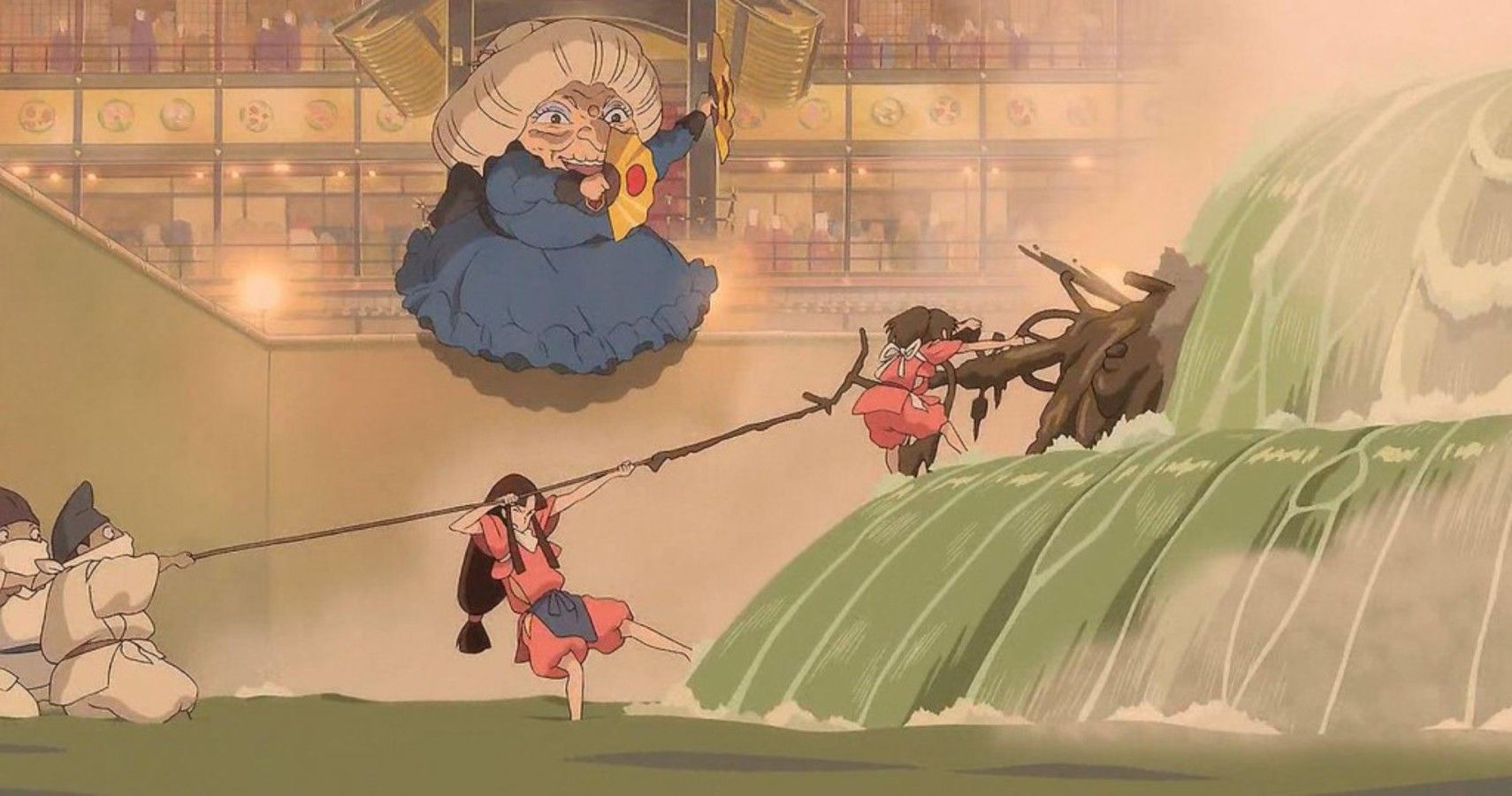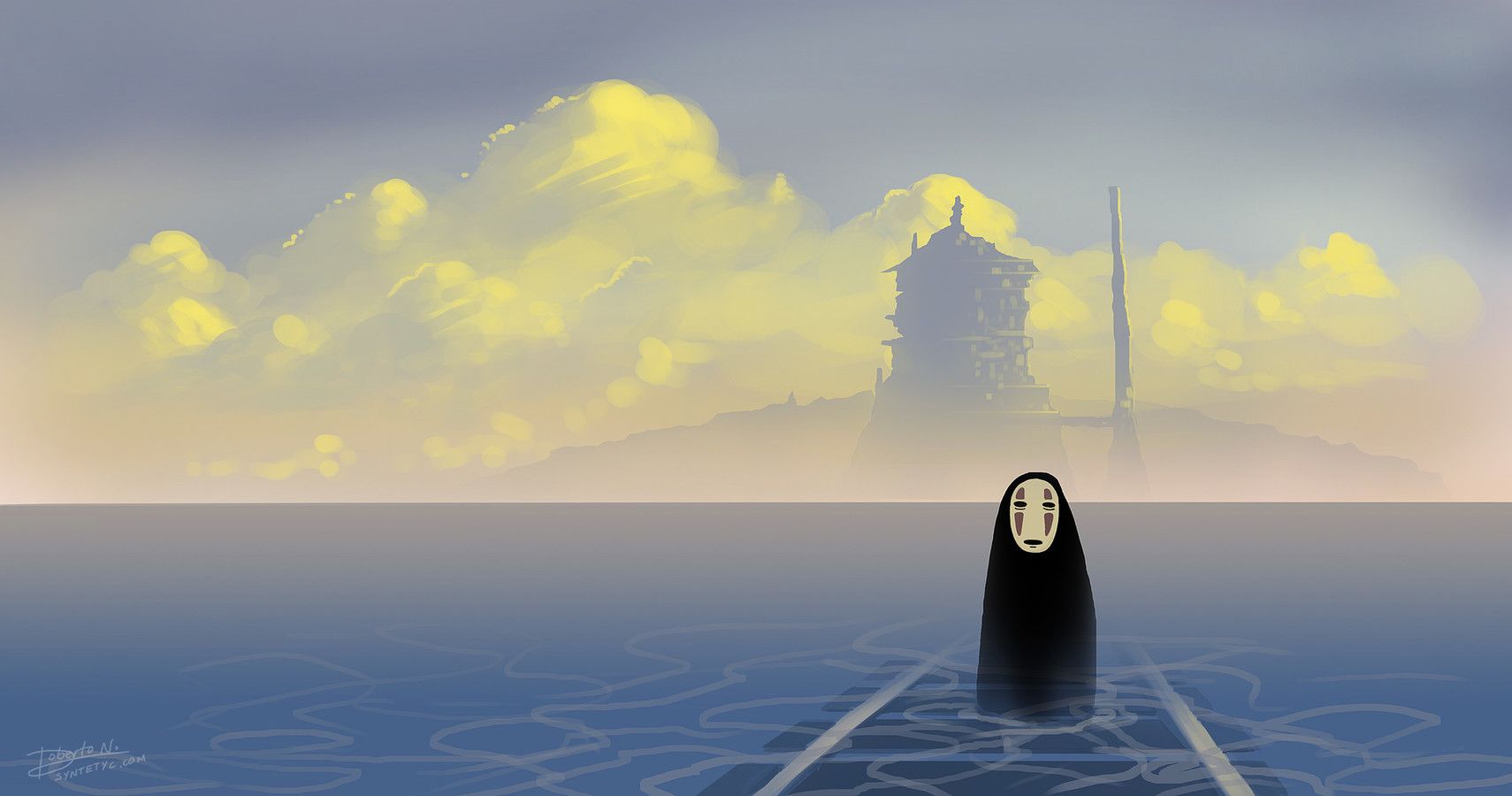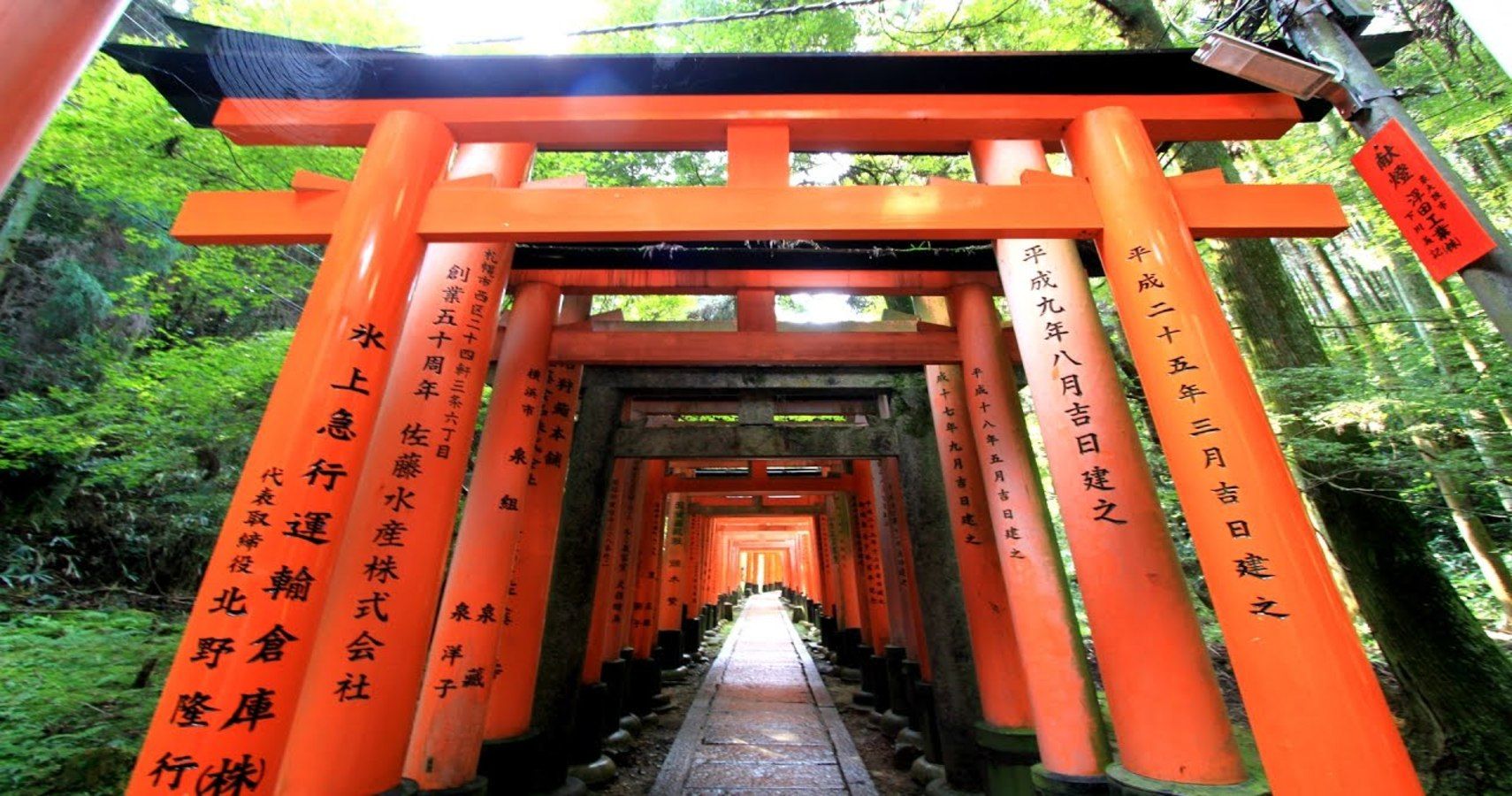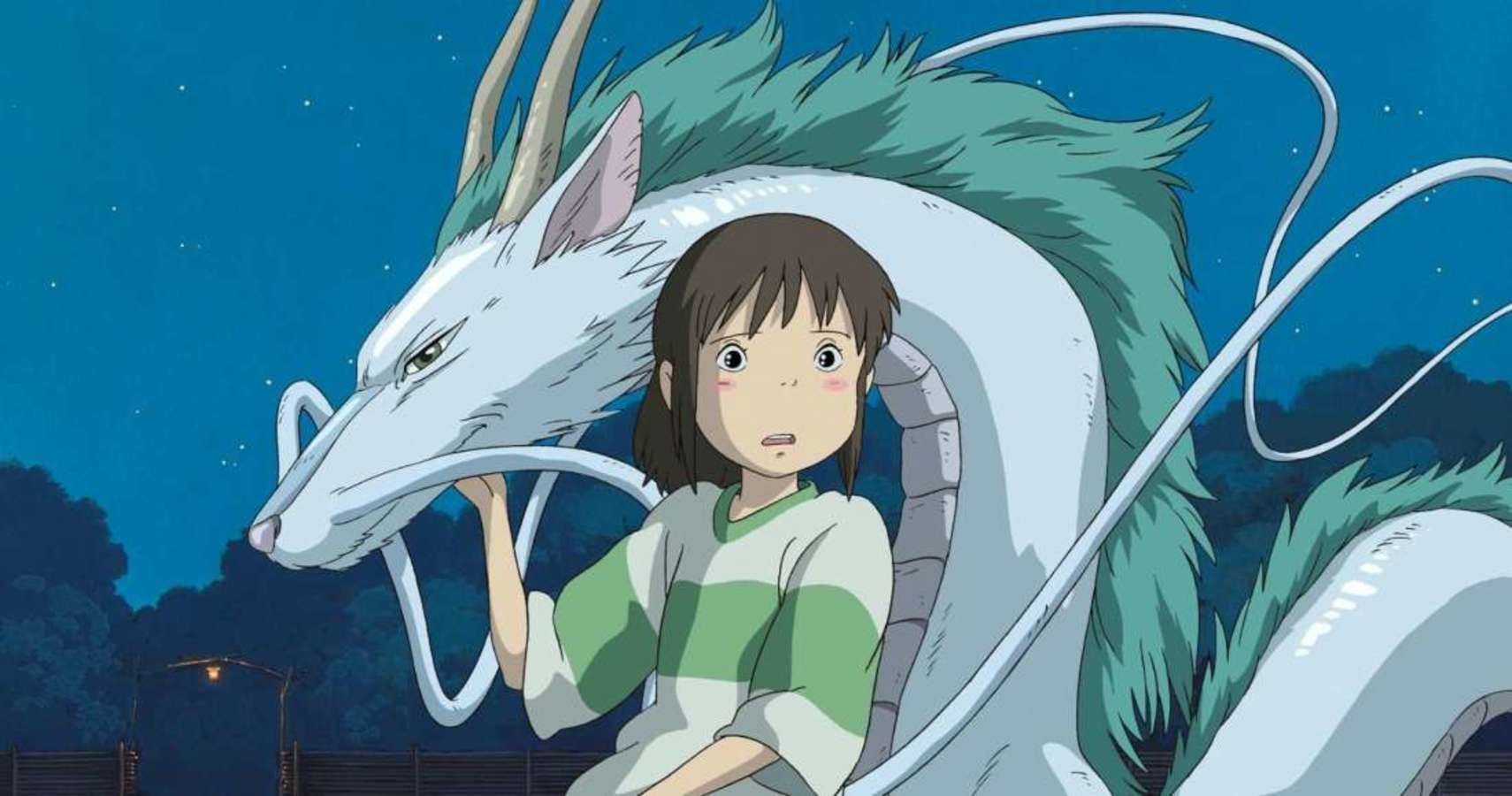Related
Spirited Awayis not only Hayao Miyazaki ’s – and all of Studio Ghibli ’s – most famous and acclaimed photographic film ; it ’s also his most dense and superimposed . This pouf tale story , inspire byAlice ’s Adventured in Wonderlandis steeped in so much Japanese mythology and Shinto tradition that it ’s impossible not to miss a theme or concept here and there , even after a few viewings .
Miyazaki himself places a lot of importance on the moral and philosophic weight of the object lesson taught through Shintoism and perish these object lesson onto his interview through his film . Nipponese fans , who have grown up with a greater knowledge of Shinto than we in the West have , are going to have a far easier time unpacking the finer details of this film , and for us Westerners , there are these ten to get us started .
The Bathhouse was Inspired by Jiufen in Taiwan
This one is more a piece of trivia than anything , but it does demonstrate Miyazaki ’s willingness to attempt inspiration from other polish , and not treat his philosophy as a closed Nipponese closed circuit . Jiufen is a pocket-sized village and tourist spot at the northern tip of Taiwan , crown by an tremendous and beautiful old teahouse .
The computer architecture of this teashop was used as the esthetical inspiration for the bathing machine setting ofSpirited Away . The fact that Taiwan ’s most popular belief system is Taoism weigh not to Miyazaki ; the teahouse spoke to him and he used it to design one of the most in an elaborate way beautiful set designs in all of animation .
Kashira (heads) are Daruma Dolls
You may recollect three strange green chief , undulate and grunting around , which follow and obey Yubaba the bathhouse witch . These ‘ kashira ’ are model after Nipponese Daruma dolls . Daruma are traditionally wooden bird the size of it of a fist , painted red in the image of a gentleman with no arms or wooden leg .
This man was Bodhidharma , the Buddhist monastic who began the Zen Buddhist tradition of Japan . He was said to have meditate for nine years until his sleeve and legs dropped off through atrophy . Daruma dolls are wishing items ; when one is purchase , a wish should be made and then an eye of the doll is colour in with a black pen . When that wish make out honest , the other optic is fill up in .
The use of the Japanese concept of ‘ma’ (empty space)
In many forms of traditional Nipponese house painting , adequate importance is set on the consumption of unpainted , whitened , empty space on the canvas tent . Whereas in distinctive European artistic creation , every column inch of the canvas is covered in paint , Nipponese artistic production values the empty space ( orma ) as , giving the artistry a elbow room to rest and find an counterbalance .
The same is unfeigned spirit up aside . Miyazaki placed several moments of quiet purdah , introspection , or simple peace throughout the picture ’s story as a substance of breaking up the activity , which can be rather large and acute in many of its scenes . These moments ofmaare breathing room inspired by traditional Japanese artists , and they also aid the audience in appreciate the intention and artistry of the picture show .
The emphasis on respect for one’s elders
It ’s not unreasonable or strange for westerly viewers to become discomfited in several of the scenes ofSpirited Away , particularly in its opening ten minutes , as Chihiro – a savvy , leery , and pragmatic young girl – is thrust to keep quiet and obey the will of the grownup in the scene . Her parents are avaricious , and she warns them of their greed to no avail . They move house despite her fears and overturned . The adults in the bathing machine treat her similarly , force her to behave as a slave .
Japan places dandy importance on the hierarchy of age , which is implant in the nation ’s very language : one must obey and show respect for their senior , even if they might believe they recognise better . It could be reason that Miyazaki is push back against this tradition by casting the adults as naïve and foolish characters , while Chihiro is often portrayed as one who finds solution and sees what others miss .
Shinto gods live in everything
The immense menagerie of fictitious character and creatures who make their way through the bathhouse , imaginative and varied in their invention , are all kami ( Nipponese god ) of one sort or another . The kami of Shintoism , much like the pantheon of Greek idol , be everything – from trees to creatures , water to air , every natural thing on Earth has its own god or protector spirit .
We get to see these spirits cleansing themselves through the line ofSpirited Away ’s story ( more on that cleansing in a moment ) . It must have been an incredible amount of fun to take the concept of Supreme Being who inhabit all things and designing them to reflect that . The imagination on showing in this film is alone .
Shinto gods traditionally bathed in village baths
The reason for the bathhouse setting is twofold : one , it is a commentary on the ‘ stink ’ make by humanity ( overcompensate in the next point ) ; and two , it draws on the traditional practice of villagers in Japan inviting their local guardian spirit to bath in the village baths .
washup has a surprisingly rich history and is of with child ethnical grandness in Japan , with many hatful villages accept their ownonsen(hot give ) . In a show of kindness and cordial reception , villagers would typically invite the local immortal and spirit to use their baths ( gods require to keep clean , too , by nature ) . The bathing machine here inSpirited Awayis an extension of that school of thought .
The ‘stink’ of humanity
Here we arrive at the primal base ofSpirited Away , which is actually not unique to this film and can be found in many of Miyazaki ’s deeds ( most impactfully inPrincess Mononoke ) . As a firm worshipper in the good and the exponent of Shinto opinion – that of praise , respecting , and living at harmony with the natural world around us – Miyazaki ofttimes despair at the state of the modern world : pave over our natural world , poisoning our rivers , exhaust our born resource . Humanity has arrive to stink , and as a result , reek up the world around us .
This is most intelligibly expressed in the scene where Chihiro cleanse the river liveliness , removing all of the human food waste and waste which has caused it to reek and become cloud .
No-Face embodies Shinto morality
Shinto , like Buddhism and Taoism , is very much unlike the Abrahamic religions of Judaism , Christianity , and Islam . It set a subtler focal point on one ’s actions and the event / consequences of those actions . In Shintoism , there is far less of an emphasis on the care of doing bad thing – and the hellfire that follows – but instead encourages one to be altruistic on Earth for the interest of the Earth .
No - Face embodies that Shinto morality as it learns , like a child , to be tolerant , less avaricious and greedy , more patient and understanding . It learns from Chihiro and becomes more ‘ human ’ as a resultant .
Torii gates represent the world of Shinto gods
Torii are big red wooden ( or clear gem ) gates which are aim in front of sacred shrines , temple , or sacred soil . They process as a foretoken that visitors are about to enter the spot where the John Barleycorn reside , a station where one might give thanks and show respect for the kami of the natural world . Spirited Awayuses the motif of the torii gates to clue audience in on what is about to take blank space , as Chihiro passes under them on her way to the bathhouse and the public of the spirits .
These red gate might be rather meaningless to westerly audiences without an interest in , or cognition of , Japanese tradition , but understand what these Bill Gates represents means knowing that what happens beyond them is going to be magical .
The loss of Shinto guidance in modern life
This follows on from the film ’s presentation of the ‘ malodor ’ of manhood . Miyazaki not only show us here that humankind , through its actions , has left its stench of corruption and toxicity on the natural mankind , but that also mankind themselves have lost their fashion , which is the stem cause of these toxic actions .
He conceive that a lack of focussing on Shinto field and education has run us down a capitalist route of delve up the Earth and poisoning its waters . We see this in game aside as we take that Haku was , in fact , the flavour of the Kohaku River , which was dried up and paved over by human over the last century . With Haku remembering what he is , Miyazaki is making a call to humanity to remember what the lifelike existence does for us , what we owe to it , and how we are fail it .
NEXT:10 Best Miyazaki Films Of All Time
